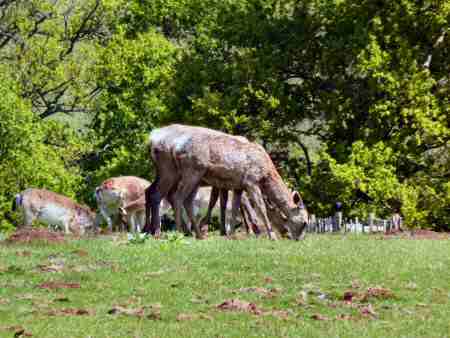TICKNALL
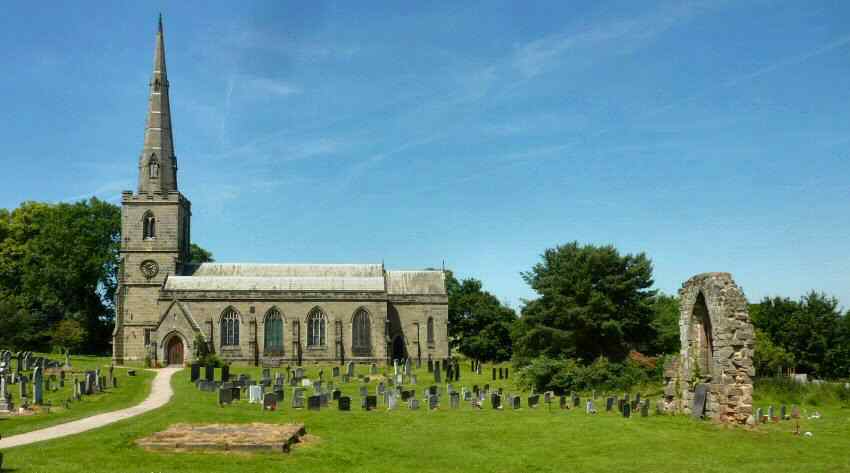
INFORMATION
Where is it? – On the A514 between Derby and Swadlincote. (SK354241).
What to do? – Visit Calke Abbey ‘the place where time stood still,’ was the phrase used to describe this property when The National Trust opened it to the public in 1989. One of the most unusual English country houses with large collections of birds, ornaments, paintings and photographs – take a walk around Ticknall and seek out the Old Lock-up on Main Street and visit St George’s Church and see the scanty remains of the 13th-century church of St Thomas a Becket which are still evident in the churchyard – lookout for several distinctive green water taps that are dotted around, similar to the one outside the attractive little Methodist Chapel. On Ashby Road, by the stone-built Spring Cottage, is Spring Well with its crystal-clear waters spilling out into a horse trough below. Local people filled their kettles here to obtain the best possible brew of tea.
Where to eat – The Staff of Life public house as the name indicates bread was once baked here and in the 1800s it was known as ‘The Loaf and Cheese;’ – The National Trust tearooms at Calke Abbey – Chequers Inn.
Other places to visit– Melbourne Hall and Gardens once the home of Victorian Prime Minister, William Lamb. For full opening details please ring or visit the website – take a self-guided tour of the parish church of St Michael’s with St Mary which goes back to 1133, when Henry I gave the royal manor of Melbourne to the first Bishop of Carlisle. Look out for the flags of Melbourne and Australia which hang in the north aisle – Staunton Harold Reservoir was built between 1959 and 1964 to supply water to the Leicester area. It now provides opportunities for leisure and conservation activities. Wildflower meadows have been planted alongside the path near the sailing club and also recently planted woodland is very much in evidence on the northern side of the path – Ferrers Centre for Arts and Crafts, located in the Georgian Stable Block of Staunton Harold Hall, where a wide range of goods can be obtained.
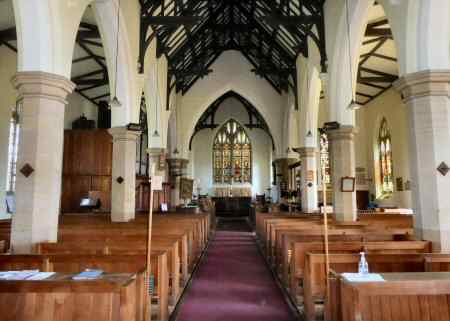
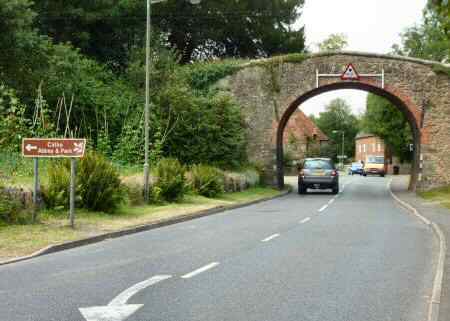
PROFILE
The old village of Ticknall surrounded by beautiful parkland, in attractive well-wooded countryside, is one of South Derbyshire’s prettiest villages. Originally, the Harpur-Crewe family built the estate village of Calke Abbey. However, following the sudden death of Sir Charles Harpur-Crewe in March 1981, while out setting mole traps. The estate was crippled by death duties and the Abbey was handed over to the National Trust in 1985. Ticknall is in a Conservation Area, but it’s the impact as a whole that is impressive rather than any individual building.
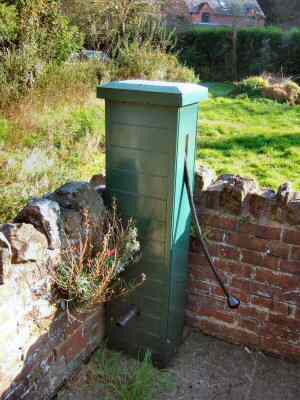
The Harpur-Crewes was a reclusive family and although Calke had been in their ownership since 1622, it remained a little-known and little-visited house. When the National Trust took it over, they found an amazing collection of old papers, natural history items, stuffed birds and animals, paintings and other objects left where they had been placed, half a century, or more ago. In the stable yard was a remarkable collection of carriages. Sir Vauncey Harpur-Crewe loved horses and carriages rather than motor cars, which were banned from the park in the 1920s.
Private vehicles now enter Calke Park from Ticknall, but this was not the case before Sir Vauncey Harpur Crewe, the last baronet of Calke died in 1924. When guests arrived in motorised vehicles they were transferred to horse-drawn carriages at the entrance so as not to disturb the wildlife.
NATIONAL TRUST
What excited the National Trust and members of the public about the acquisition of Calke was not the house itself, but the contents. Room after room revealed the extraordinary collection that the family had built up, then, seemingly when the room was full, just shut the door and left everything as it stood. Newspapers at the time carried editorials about ‘The house where time stood still’, capturing the public’s imagination to such an extent that the Trust’s appeal for a quarter of a million pounds quickly doubled.
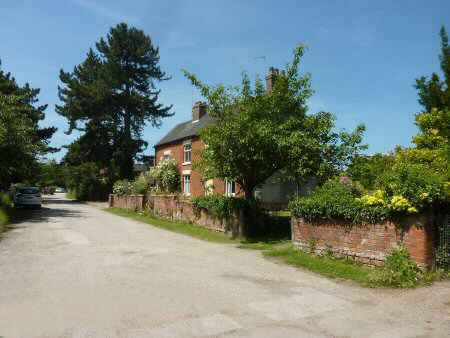
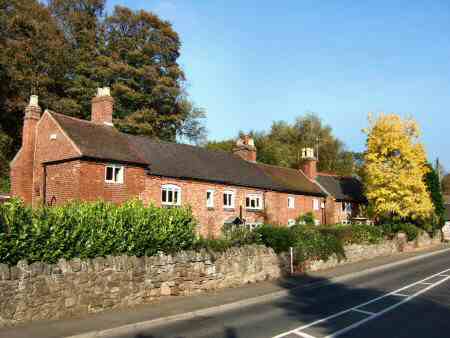
INDUSTRIALISATION
Ticknall had its heyday in the late 18th and 19th centuries when lime yards and brick-making, tile and pottery operations were in full swing. Lime was used to fertilise crops, and to produce mortar for local buildings. Bricks manufactured in the village were put to use not only in Ticknall and Calke but also in other villages on the Harpur-Crewe estate. Earthenware pottery was also another long-established industry in the village.
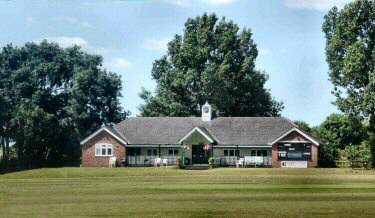
HORSE-DRAWN TRAMWAY
A horse-drawn tramway was constructed running from Ticknall to the Ashby Canal, to link up with the Midlands canal system. Built in 1802 by the Derbyshire engineer Benjamin Outram it carried limestone in one direction and coal in the other. To comply with the sensitivities of the Harpur-Crewe family, its journey through the park was hidden from view, in a tunnel almost 140 yards in length, only about one foot below the surface. The Tramway following its closure in 1915 was soon reclaimed by nature, but The National Trust restored it and it is now frequently used by walkers. You are advised to carry a torch as the tunnel floor under the driveway is uneven in places and the roof rather low. Although you can see the other end of the tunnel when you enter, it is quite dark inside.
The Arch over the A514 has the shape of a canal bridge rather than a railway or tramway bridge. The Ashby Canal Company built it, 200 years ago, wide enough to accommodate a horse on the tramway footpath. It connected with the old brickworks on the north side of the bridge. It is one of the oldest railway arches in the world but the tramway is no more, abandoned in 1915.
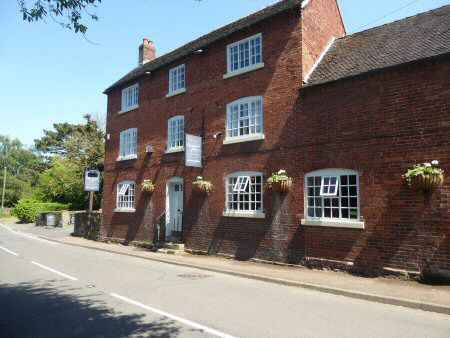
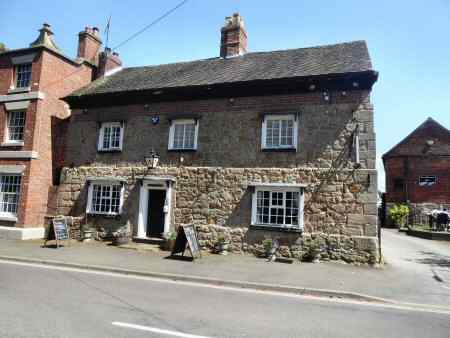
ST GEORGE’S CHURCH
The scanty remains of the 13th-century church of St Thomas a Becket are still evident in the churchyard of St George’s Church. It was blown up, when it became too small to meet demand, with gunpowder from the lime yards. The name changed, perhaps to honour the patron Sir George Crewe. Nearby stands a medieval preaching or market cross, transferred from a site in front of a row of seven almshouses built by Charles Harpur in 1772. Amongst the more modern tombstones is that of Ted Moult, the popular radio and television personality, who was a local farmer.
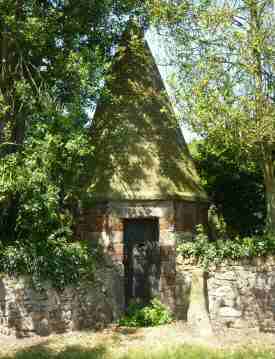
THE VILLAGE LOCK-UP
Before 1851 anyone who had too much to drink in Ticknall was likely to be imprisoned, by the local constable, in the Village Lock-Up. It is small, hexagonal and built mainly in brick, with a strong oak door and no windows. Help though was at hand for at least some of the miscreants. As the kindly proprietor of one of the local pubs found that one of her keys would fit the lock. If any of her good customers had been locked up, she waited until the Police Constable had departed and then went and let them out!
CALKE
The tiny village of Calke is situated in South Derbyshire, where a few houses line the road overlooking Staunton Harold Reservoir on the eastern side of Calke Park. The park with its 600 acres of ancient parkland is home to Calke Abbey, the second largest country house in Derbyshire after Chatsworth. It was built for Sir John Harpur, the 4th Baronet, between 1701 and 1704, on the site of a 12th-century Augustinian Priory. It was renamed Calke ‘Abbey’ in 1808.
Calke Park was designated a Site of Special Scientific Interest in 1992 and a National Nature Reserve in 2004. Many of the trees at Calke are more than 400 years old, several at least 700 years old and two of the oaks are thought to be more than 1,000 years old. A wide range of birds can be seen in the park, encouraged by the many holes in the ancient trees that provide ideal nesting places. The park is also vital for its fungi and as a habitat for rare species of bats.

